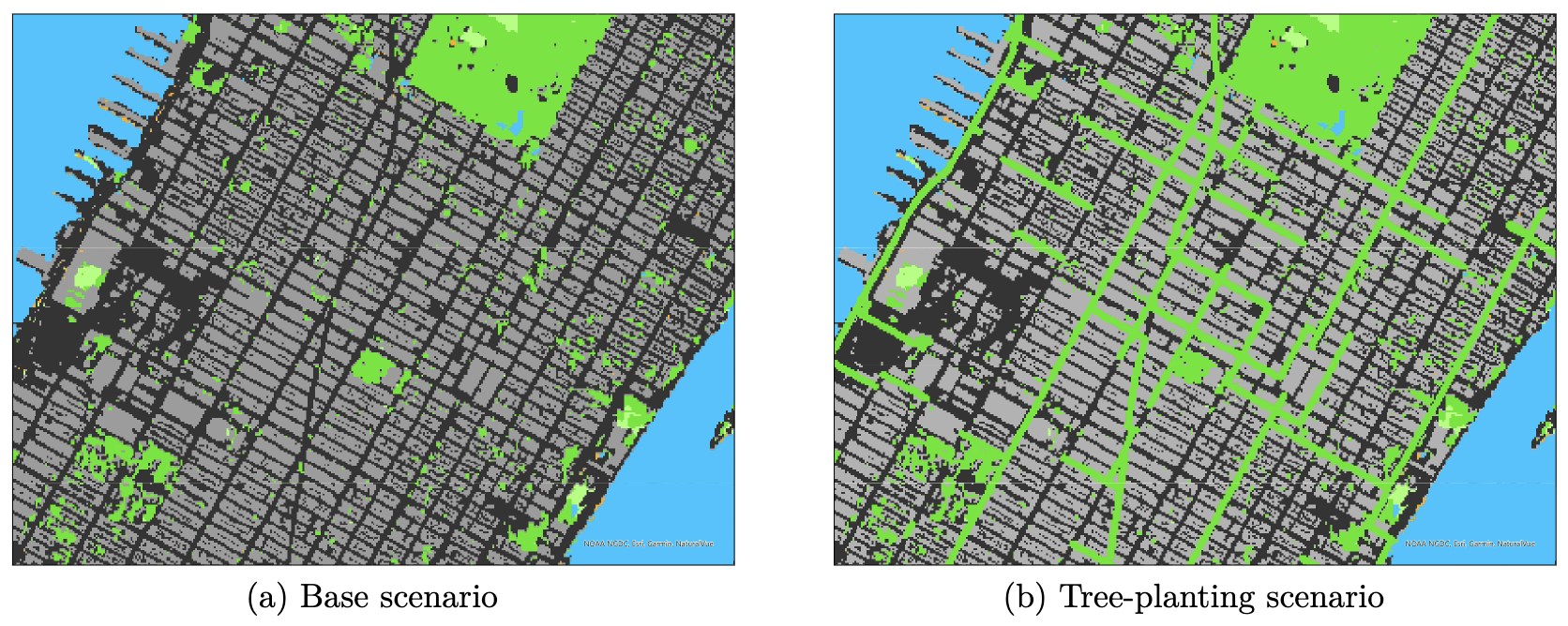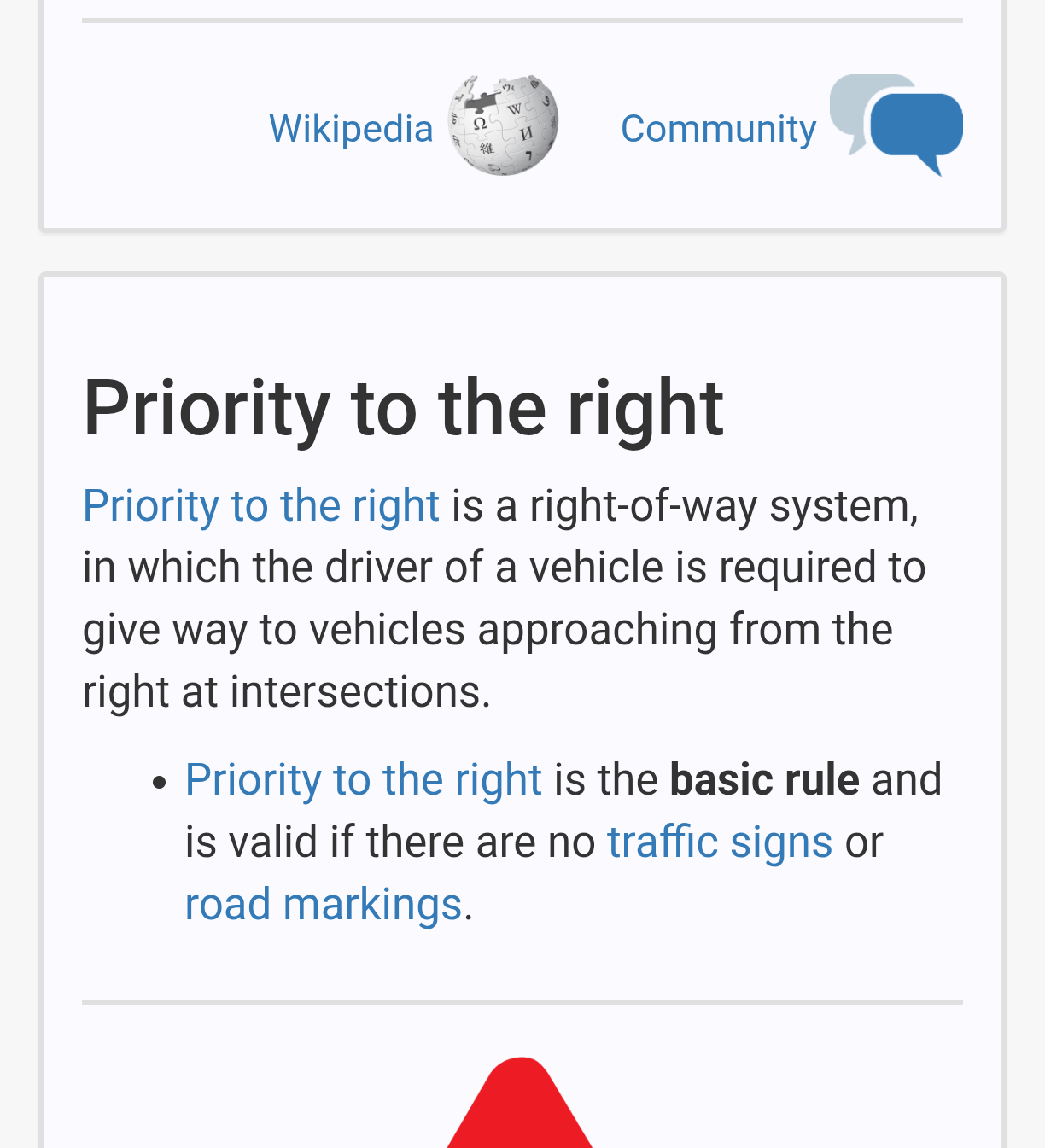I went to Groningen today to protest for Gaza. There's a demo every other week between 13:00 and 14:00 in Groningen. These are quiet demos. We hold up signs and a few people hand out information to anyone who is interested.
Many olive trees which Palestinians rely on to make a living have been destroyed by the Israeli occupation so today they were handing out information about Stichting Plant een Olijfboom, who ask people to make a donation which is equivalent in value to planting an olive tree. You can donate a similar amount to what it costs to buy a Christmas tree.
https://www.planteenolijfboom.nl/
Groningen was full of Christmas shoppers, and there were bands on the streets playing Christmas music. The whole story revolves around locations in Palestine: Jerusalem, Bethlehem, Nazareth etc. That people listen to these stories, while they ignore what's going on on the ground right now in those locations, is something that I find very strange.
#gaza #groningen #palestine #israelTerroristState #planteenolijfboom







